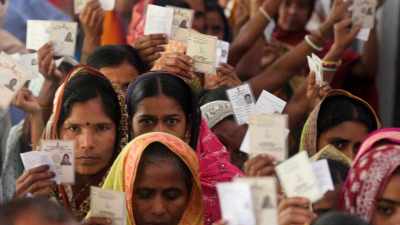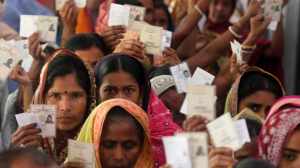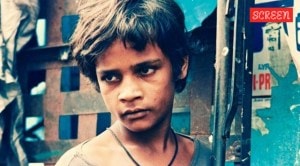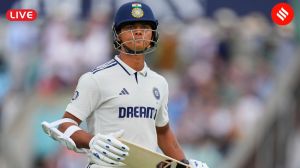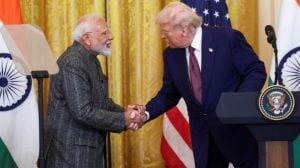Ganesh Chaturthi special: Meet Reshma Khatu, the lone woman running the sculpting studio behind ‘Chinchpokli Cha Chintamani’
In 2017, when celebrated murtikar (idol maker) Vijay R Khatu passed away a month before Ganeshotsav (Ganesh festival), his daughter Reshma Khatu – an advertisement professional – had to step into his shoes and ensure that the work gets done on time.
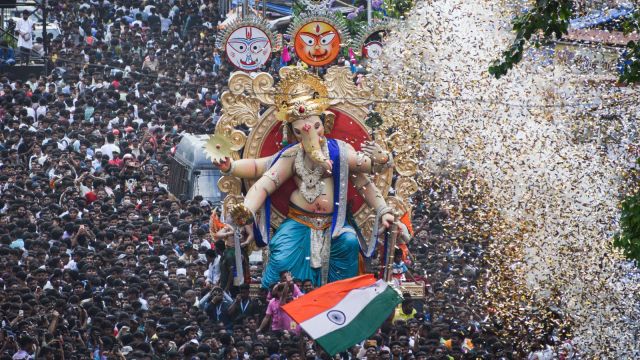 Reshma Khatu's studio has designed the famed Chinchpokli Cha Chintamani.
Reshma Khatu's studio has designed the famed Chinchpokli Cha Chintamani. In 2017, when celebrated murtikar (idol maker) Vijay R Khatu passed away a month before Ganeshotsav (Ganesh festival), his daughter Reshma Khatu – an advertisement professional – had to step into his shoes and ensure that the work gets done on time.
“It was challenging. It is a male-dominated industry and they weren’t used to having a woman as a boss,” she shared, adding that because she hadn’t learned the skill from her father, the team would hide things from her and she would have to ask them again and again to ensure the process was seamless.
Seven years later, Reshma Khatu has firmly established herself in the field. This year, her studio, which has a team of 50 people, has designed nine giant idols, including the famed Chinchpokli Cha Chintamani which features a 22 feet tall idol themed on Jagannath, featuring Balram, Krishna, and Subhadra in the background.
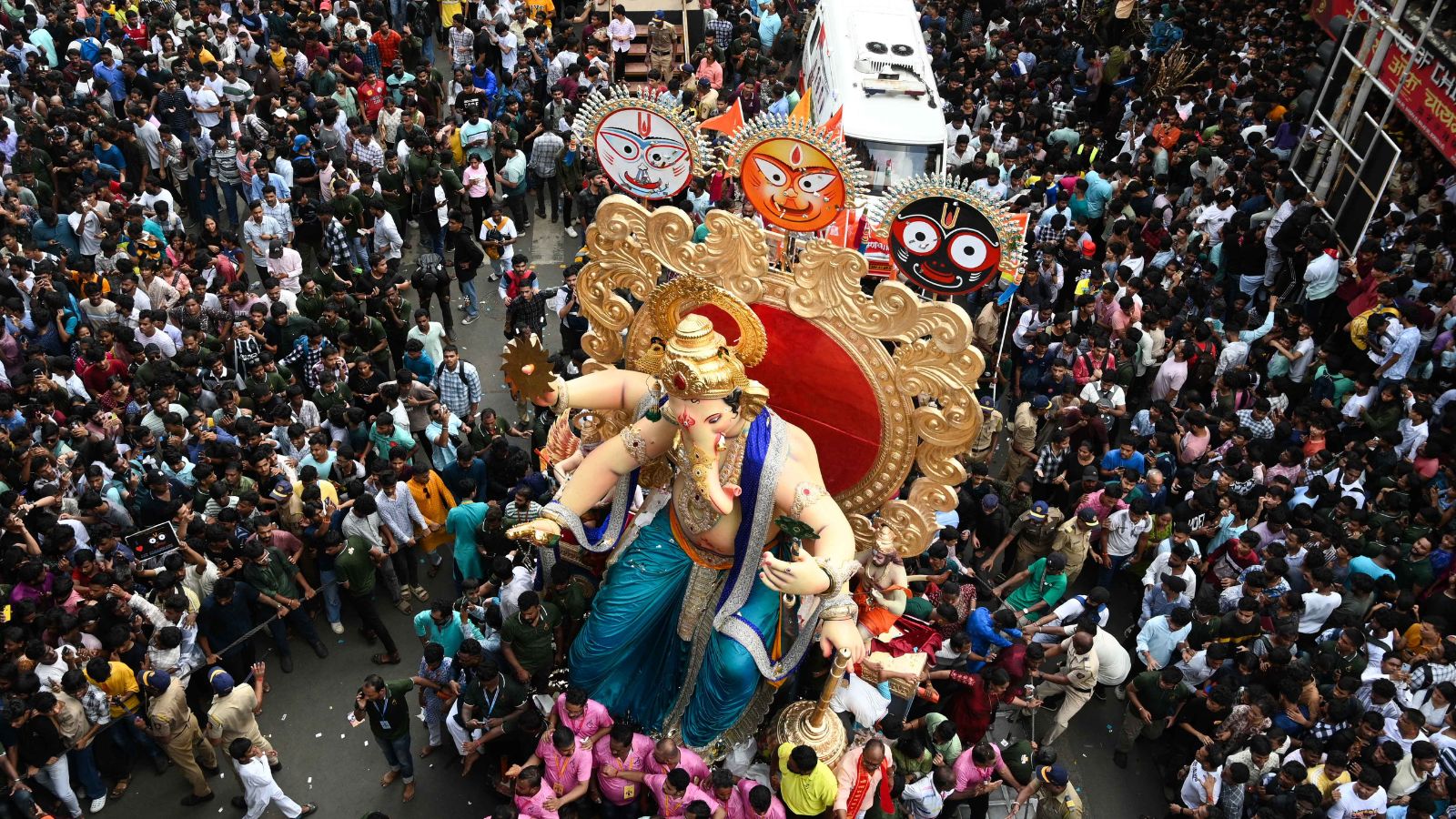 While the central figure is Ganpati, what distinguishes one idol from another is the pose and pratima (form or representation).
While the central figure is Ganpati, what distinguishes one idol from another is the pose and pratima (form or representation).
“The work starts at the end of June if Ganesh Chaturthi is coming in August and at the beginning of July if the festival falls in September,” she shared, adding that it begins with finalising the sketches.
“For Chintamani and Tardeo Cha Raja, our in-house team designs the sketches, and such is our relationship with them that they pass it every year without any changes. Others give us their sketch, based on which we start casting, which takes a lot of thought and time,” Reshma Khatu said.
Once casting is done, a carpenter is called to set the table on which Ganpati’s idol would be set, and iron fabrication is done. “This iron rod is in a T-shape. It is about 18 feet tall and weighs hundreds of kilograms; it is important that it can take the weight of the idol, which post-designing will travel from the studio to the pandal (temporary shrine) and later from the pandal to the visarjan (immersion) point,” she shared, adding that it is this rod that allows them to design poses such as a giant idol of Bappa balanced on a toe.
Once Bappa is positioned and joined, and the finishing work is done, the idol is left to dry. She said, “We begin colouring with primer, two coats of body colour, and then we begin shading and likhai.” The latter translates to decorative detailing and is a separate skill set used for designing the eyes of the lord.
 Reshma Khatu.
Reshma Khatu.
While the central figure is Ganpati, what distinguishes one idol from another is the pose and pratima (form or representation). “Some want Ramswaroop Bappa, others want Krishnaswaroop Bappa or Parshuswaroop Bappa. What it essentially means is that the astra (weapon) changes,” she explained, adding that this year Chintamani is themed on Krishnaswaroop and, therefore, has a Sudarshan Chakra, a mor-pankh rajdand, and gada.
While the height of the idols gets a lot of attention every year and is promoted widely, Reshma Khatu felt that the height shouldn’t be more than 25-26 feet so that an idol is clearly visible to the devotees, and “Bappa shouldn’t be competing against one another”.


